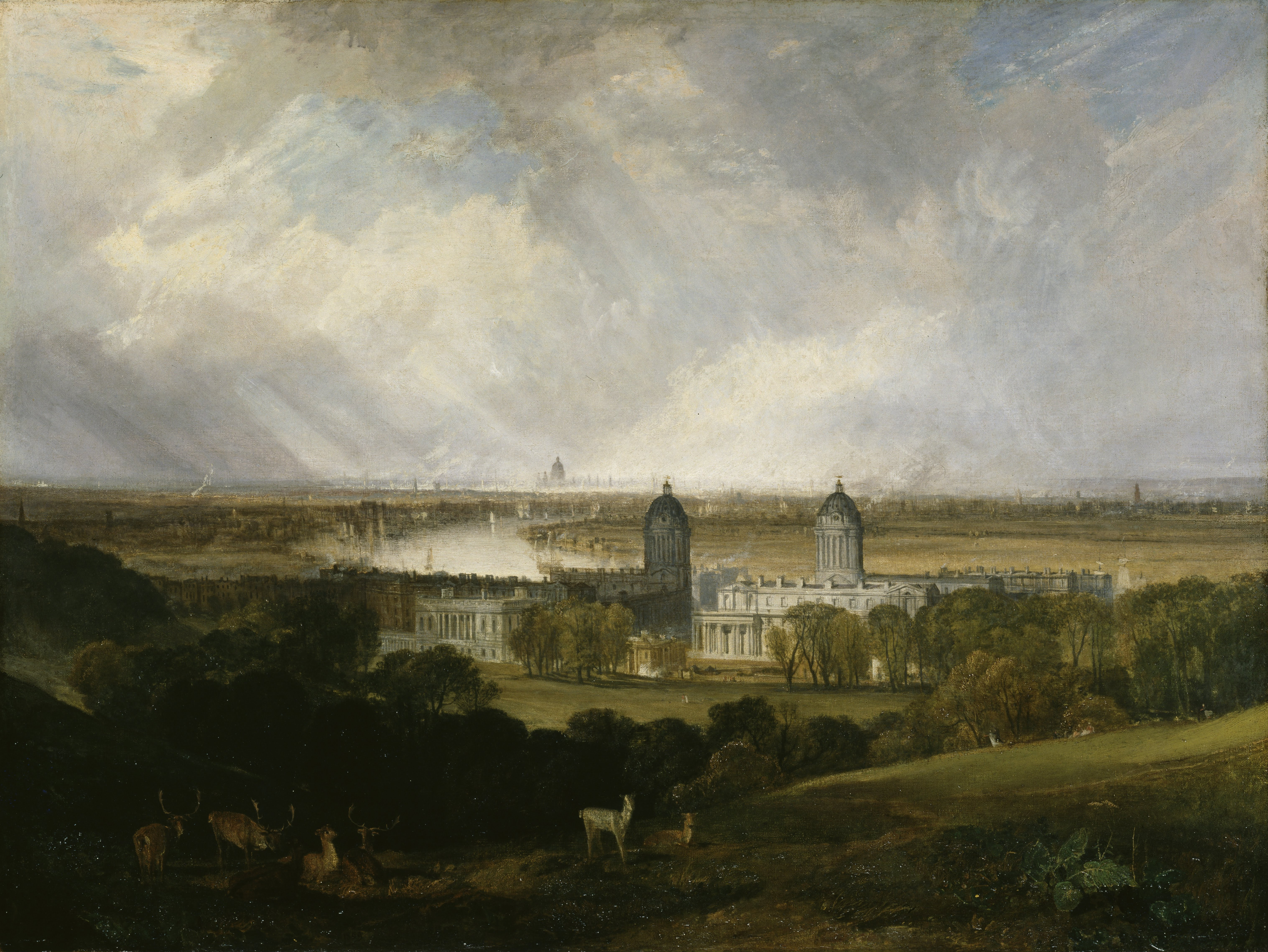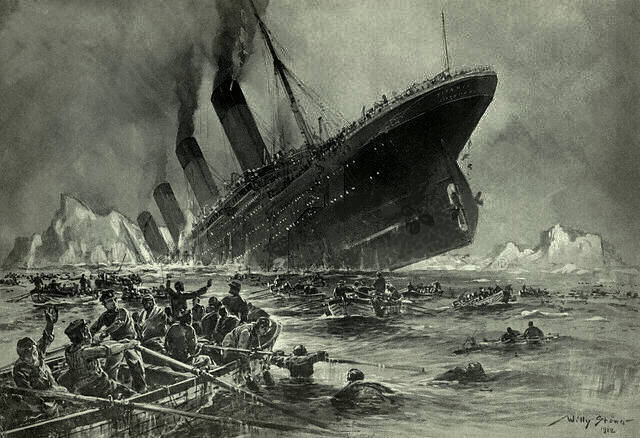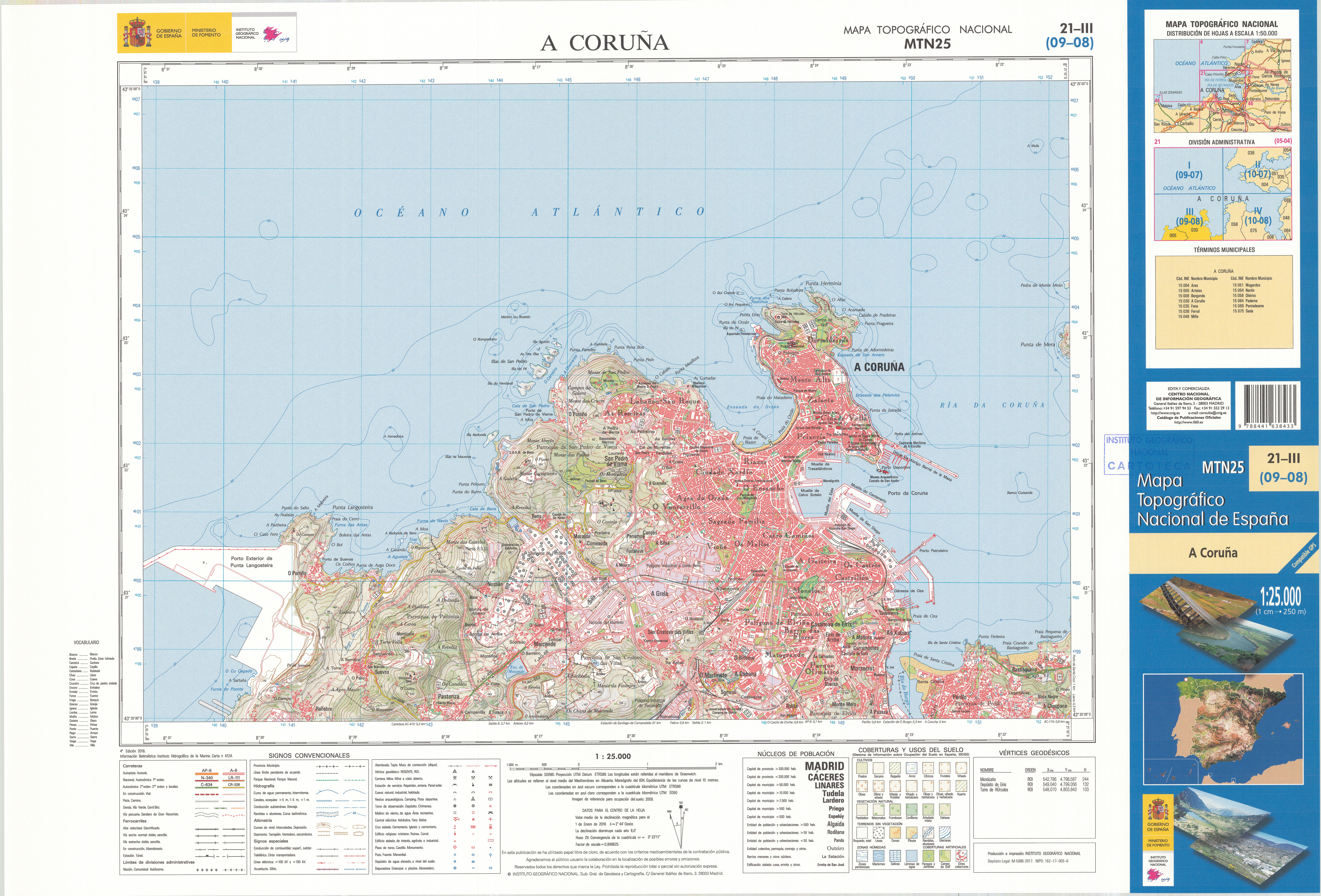|
HMS Tartar's Prize
HMS ''Tartar's Prize'' was a 24-gun sixth-rate of the Royal Navy, which saw active service between 1756 and 1760, during the Seven Years' War. Originally the French privateer ''La Marie Victoire'', she was captured by in 1757 and refitted as a privateer hunter. In this role she secured a single victory at sea with the capture of the French vessel ''La Marquise de Chateaunois''. A flimsily built vessel, ''Tartars Prize'' sprang a leak and foundered off the coast of Sardinia in 1760. Construction The French privateer ''La Marie Victoire'' was constructed at the port of Le Havre in 1756. As built, the vessel was long with a keel, a beam of and a hold depth of .Winfield 2007, p. 265 Her armament as a privateer was 26 guns; when fitted out in 1757 as ''Tartars Prize'' she carried 20 six-pounder cannons along her upper deck, and four nine-pounder guns on the quarterdeck. Her designated Royal Navy complement was 160 officers and ratings. Active service ''La Marie Victoire'' ... [...More Info...] [...Related Items...] OR: [Wikipedia] [Google] [Baidu] |
Naval Ensign Of Great Britain (1707-1800)
A navy, naval force, or maritime force is the branch of a nation's armed forces principally designated for naval warfare, naval and amphibious warfare; namely, lake-borne, riverine, littoral zone, littoral, or ocean-borne combat operations and related functions. It includes anything conducted by surface Naval ship, ships, amphibious warfare, amphibious ships, submarines, and seaborne naval aviation, aviation, as well as ancillary support, communications, training, and other fields. The strategic offensive role of a navy is Power projection, projection of force into areas beyond a country's shores (for example, to protect Sea lane, sea-lanes, deter or confront piracy, ferry troops, or attack other navies, ports, or shore installations). The strategic defensive purpose of a navy is to frustrate seaborne projection-of-force by enemies. The strategic task of the navy also may incorporate nuclear deterrence by use of submarine-launched ballistic missiles. Naval operations can be broa ... [...More Info...] [...Related Items...] OR: [Wikipedia] [Google] [Baidu] |
Thomas Baillie (Royal Navy Officer)
Thomas Baillie (1725 – 15 December 1802), was an officer of the Royal Navy. He saw service in the Seven Years' War, rising to the rank of captain. He was later appointed to the office of Lieutenant-Governor of Greenwich Hospital, but became involved in the celebrated libel case '' R v Baillie'' after he made accusations of mismanagement in the running of the hospital. He was later appointed to the post of Clerk of the Deliveries of the Ordnance, which he held until his death in 1802. Early career Baillie was the son of Robert Baillie, Celbridge, Co. Kildare, Ireland. One of his brothers was Captain William Baillie; another, Robert, became archdeacon of Cashel. Baillie entered the navy about 1740, and was made lieutenant on 29 March 1745. In 1756 he was serving on board the 60-gun , and was present at the action near Minorca on 20 May. He was shortly afterwards promoted to the command of the 12-gun sloop , and early in the following year, whilst acting captain of the 28-gu ... [...More Info...] [...Related Items...] OR: [Wikipedia] [Google] [Baidu] |
Sixth Rates Of The Royal Navy
Sixth is the ordinal form of the number six. * The Sixth Amendment, to the U.S. Constitution * A keg of beer, equal to 5 U.S. gallons or barrel * The fraction Music * Sixth interval (music)s: ** major sixth, a musical interval ** minor sixth, a musical interval ** diminished sixth, an interval produced by narrowing a minor sixth by a chromatic semitone ** augmented sixth, an interval produced by widening a major sixth by a chromatic semitone * Sixth chord, two different kinds of chord * Submediant, sixth degree of the diatonic scale * Landini sixth, a type of cadence * Sixth (interval) See also * * * ''The Sixth ''The Sixth'' (russian: Шестой, translit. ''Shestoy'') is a 1981 Soviet action film directed by Samvel Gasparov at Gorky Film Studio. Plot ''The Sixth'' is a parable about lawlessness and bureaucracy in the aftermath of the Great O ...'', a 1981 Soviet film directed by Samvel Gasparov * The 6ths, a band created by Stephin Merritt * LaSexta [...More Info...] [...Related Items...] OR: [Wikipedia] [Google] [Baidu] |
Captured Ships
Captured may refer to: * ''Captured'' (Journey album), 1981 * ''Captured'' (Rockwell album), 1985 * ''Captured'', a 1995 album by The Albion Band * ''Captured'' (Caroline's Spine album), 2007 * ''Captured'' (Christian Bautista album), 2008 * ''Captured'' (mixtape), a 2018 mixtape by Spice * ''Captured!'', a 1933 war film * ''Captured'' (1998 film), a 1998 thriller film * ''Captured'' (video game), a video game released in 1986 for the Commodore 64 * "Captured", a song by Heaven 17 Heaven 17 are an English new wave and synth-pop band that formed in Sheffield in 1980. The band were a trio for most of their career, composed of Martyn Ware (keyboards) and Ian Craig Marsh (keyboards) (both previously of the Human League), an ... See also * Capture (other) {{disambiguation ... [...More Info...] [...Related Items...] OR: [Wikipedia] [Google] [Baidu] |
Ships Built In France
A ship is a large watercraft that travels the world's oceans and other sufficiently deep waterways, carrying cargo or passengers, or in support of specialized missions, such as defense, research, and fishing. Ships are generally distinguished from boats, based on size, shape, load capacity, and purpose. Ships have supported exploration, trade, warfare, migration, colonization, and science. After the 15th century, new crops that had come from and to the Americas via the European seafarers significantly contributed to world population growth. Ship transport is responsible for the largest portion of world commerce. The word ''ship'' has meant, depending on the era and the context, either just a large vessel or specifically a ship-rigged sailing ship with three or more masts, each of which is square-rigged. As of 2016, there were more than 49,000 merchant ships, totaling almost 1.8 billion dead weight tons. Of these 28% were oil tankers, 43% were bulk carriers, and 13% were co ... [...More Info...] [...Related Items...] OR: [Wikipedia] [Google] [Baidu] |
1756 Ships
Events January–March * January 16 – The Treaty of Westminster is signed between Great Britain and Prussia, guaranteeing the neutrality of the Kingdom of Hanover, controlled by King George II of Great Britain. *February 7 – Guaraní War: The leader of the Guaraní rebels, Sepé Tiaraju, is killed in a skirmish with Spanish and Portuguese troops. * February 10 – The massacre of the Guaraní rebels in the Jesuit reduction of Caaibaté takes place in Brazil after their leader, Noicola Neenguiru, defies an ultimatum to surrender by 2:00 in the afternoon. On February 7, Neenguiru's predecessor Sepé Tiaraju has been killed in a brief skirmish. As two o'clock arrives, a combined force of Spanish and Portuguese troops makes an assault on the first of the Seven Towns established as Jesuit missions. Defending their town with cannons made out of bamboo, the Guaraní suffer 1,511 dead, compared to three Spaniards and two Portuguese killed in battle. * Febr ... [...More Info...] [...Related Items...] OR: [Wikipedia] [Google] [Baidu] |
Greenwich Hospital, London
Greenwich Hospital was a permanent home for retired sailors of the Royal Navy, which operated from 1692 to 1869. Its buildings, in Greenwich, London, were later used by the Royal Naval College, Greenwich and the University of Greenwich, and are now known as the Old Royal Naval College. The word "hospital" was used in its original sense of a place providing hospitality for those in need of it, and did not refer to medical care, although the buildings included an infirmary which, after Greenwich Hospital closed, operated as Dreadnought Seaman's Hospital until 1986. The foundation which operated the hospital still exists, for the benefit of former Royal Navy personnel and their dependants. It now provides sheltered housing on other sites. History The hospital was created as the Royal Hospital for Seamen at Greenwich on the instructions of Queen Mary II, who had been inspired by the sight of wounded sailors returning from the Battle of La Hogue in 1692. She ordered the King Charl ... [...More Info...] [...Related Items...] OR: [Wikipedia] [Google] [Baidu] |
Shipwrecking
Shipwrecking is an event that causes a shipwreck, such as a ship striking something that causes the ship to sink; the stranding of a ship on rocks, land or shoal; poor maintenance; or the destruction of a ship either intentionally or by violent weather. Causes Factors for the loss of a ship may include: * poor design or failure of the ship's equipment or hull - pressure hull * instability, due to poor design, improperly stowed cargo, cargo that shifts its position or the free surface effect * navigation errors and other human errors, leading to collisions (with another ship, rocks, an iceberg (), etc.) or running aground (''Costa Concordia'') * bad weather and powerful or large waves or gale winds: This often leads to capsizing, also referred to as ''foundering'' * warfare, piracy, mutiny, or sabotage including: guns, torpedoes, depth charges, mines, bombs and missiles * fire * biofouling, such as accumulation of polychaete and other tube worms on wood hulls * overloading ... [...More Info...] [...Related Items...] OR: [Wikipedia] [Google] [Baidu] |
Galley (kitchen)
The galley is the compartment of a ship, train, or aircraft where food is cooked and prepared. It can also refer to a land-based kitchen on a naval base, or, from a kitchen design point of view, to a straight design of the kitchen layout. Ship's cooking area A galley is the cooking area aboard a vessel, usually laid out in an efficient typical style with longitudinal units and overhead cabinets. This makes the best use of the usually limited space aboard ships. It also caters for the rolling and heaving nature of ships, making them more resistant to the effects of the movement of the ship. For this reason galley stoves are often gimballed, so that the liquid in pans does not spill out. They are also commonly equipped with bars, preventing the cook from falling against the hot stove. A small cooking area on deck was called a caboose or ''camboose'', originating from the nl, kombuis, which is still in use today. In English it is a defunct term used only for a cooking area that is ... [...More Info...] [...Related Items...] OR: [Wikipedia] [Google] [Baidu] |
Ballast
Ballast is material that is used to provide stability to a vehicle or structure. Ballast, other than cargo, may be placed in a vehicle, often a ship or the gondola of a balloon or airship, to provide stability. A compartment within a boat, ship, submarine, or other floating structure that holds water is called a ballast tank. Water should move in and out from the ballast tank to balance the ship. In a vessel that travels on the water, the ballast will remain below the water level, to counteract the effects of weight above the water level. The ballast may be redistributed in the vessel or disposed of altogether to change its effects on the movement of the vessel. History The basic concept behind the ballast tank can be seen in many forms of aquatic life, such as the blowfish or members of the argonaut group of octopus. The concept has been invented and reinvented many times by humans to serve a variety of purposes. In the fifteenth and sixteenth century, the ballast "did not cons ... [...More Info...] [...Related Items...] OR: [Wikipedia] [Google] [Baidu] |
A Coruña
A Coruña (; es, La Coruña ; historical English: Corunna or The Groyne) is a city and municipality of Galicia, Spain. A Coruña is the most populated city in Galicia and the second most populated municipality in the autonomous community and seventeenth overall in the country. The city is the provincial capital of the province of the same name, having also served as political capital of the Kingdom of Galicia from the 16th to the 19th centuries, and as a regional administrative centre between 1833 and 1982, before being replaced by Santiago de Compostela. A Coruña is located on a promontory in the Golfo Ártabro, a large gulf on the Atlantic Ocean. It is the main industrial and financial centre of northern Galicia, and holds the headquarters of the Universidade da Coruña. A Coruña is a packed city, the Spanish city featuring the tallest mean-height of buildings, also featuring a population density of 21,972 inhabitants per square km of built land area. Name Origin Ther ... [...More Info...] [...Related Items...] OR: [Wikipedia] [Google] [Baidu] |
West Indiaman
West Indiaman was a general name for any merchantman sailing ship making runs from the Old World to the West Indies and the east coast of the Americas. These ships were generally strong ocean-going ships capable of handling storms in the Atlantic Ocean. The term was used to refer to vessels belonging to the Danish (e.g. ), Dutch, English, and French (e.g. ) West India companies. Similarly, at the time (18th and 19th centuries) people also referred to East Indiamen (ships trading with the East Indies), Guineamen (slave ships), or Greenlandmen ( whalers in the North Seas whale fishery). British West Indiamen tended to be London-built and to sail directly from England (generally London), to the West Indies. Guineamen tended to be built (or owned) in Bristol and Liverpool, and to sail from Bristol or Liverpool via West Africa in what is now often referred to as the triangular trade in enslaved people. There were London-based Guineamen, (for example ), and Liverpool-based West Indiam ... [...More Info...] [...Related Items...] OR: [Wikipedia] [Google] [Baidu] |







